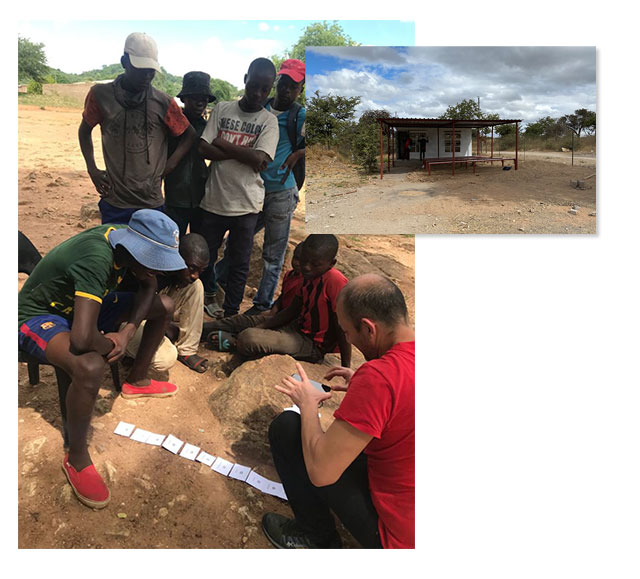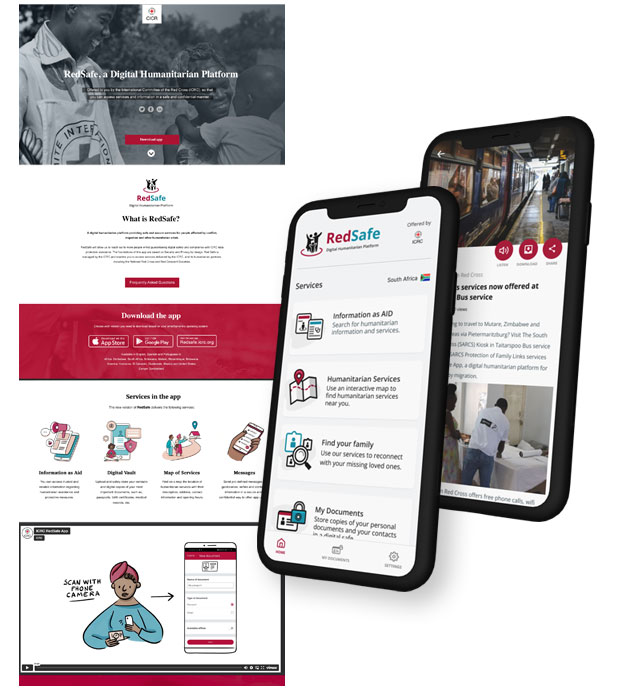RedSafe - ICRC
Creating the digital humanitarian platform from scratch
Identified need:
The organisation had identified a number of gaps between face-to-face services and services that could be delivered digitally to people affected in humanitarian crises, the need: to create a digital platform where diverse humanitarian actors can provide services.
Diagnosis: There is no digital service where the possible aids available for people affected by crisis are grouped together.

Requirement: Create an accessible digital platform for people affected by humanitarian crises where they can find help from the widest range of actors at their disposal.
The process:
Lessons learnt:
My experience has underscored the importance of creating tailored solutions that meet the unique needs of potential users. Two key takeaways stand out:
Data efficiency is crucial: In areas with limited connectivity, the amount of data used and the associated costs can be a significant barrier. Opting for data-light solutions can make a huge difference.
Simple, intuitive design is essential: A straightforward user interface is vital for users with limited digital literacy, ensuring they can effectively use the solution without frustration or confusion.
User-centered design is the key to success.
A revealing moment to understand : Less is more
